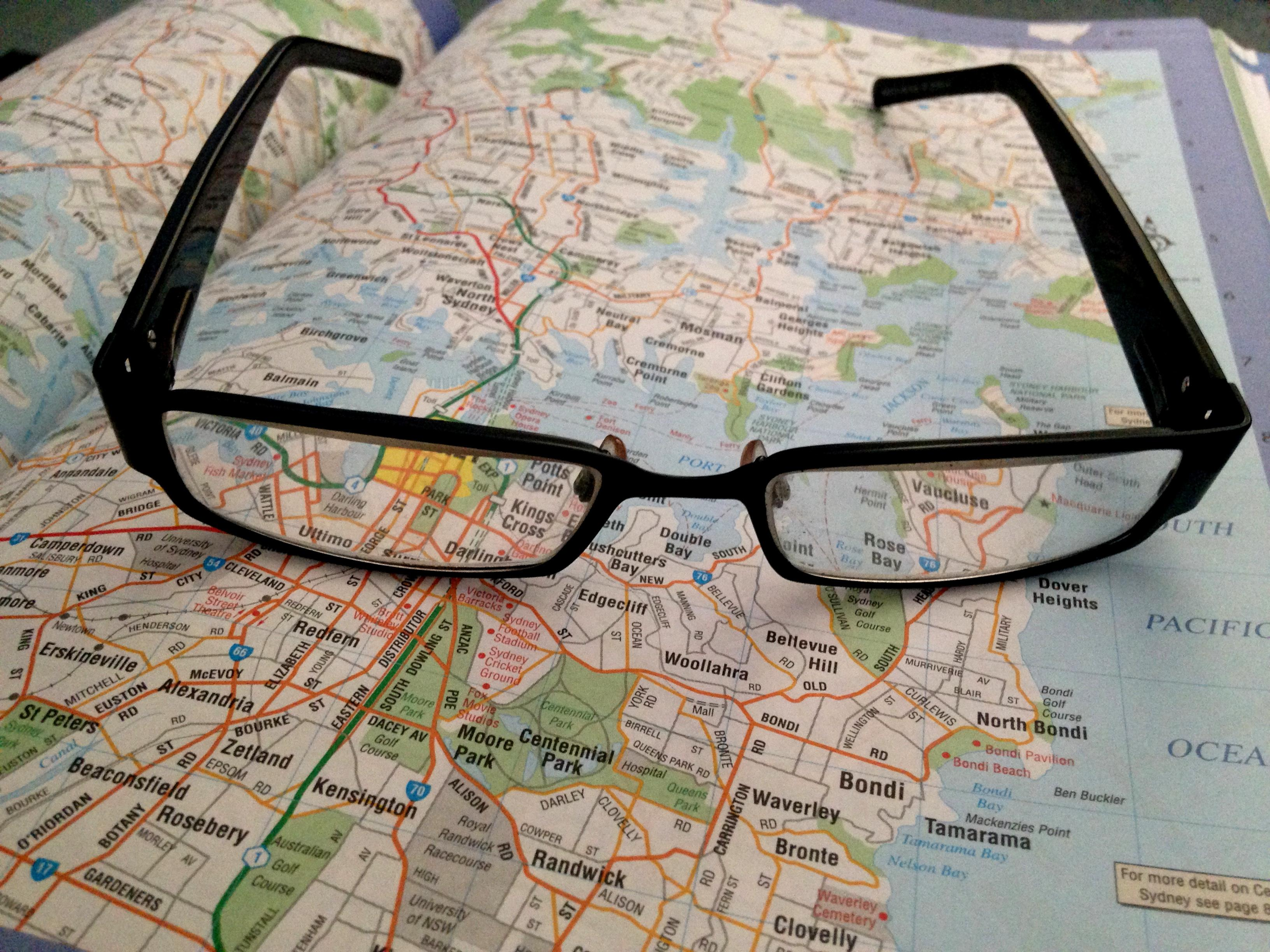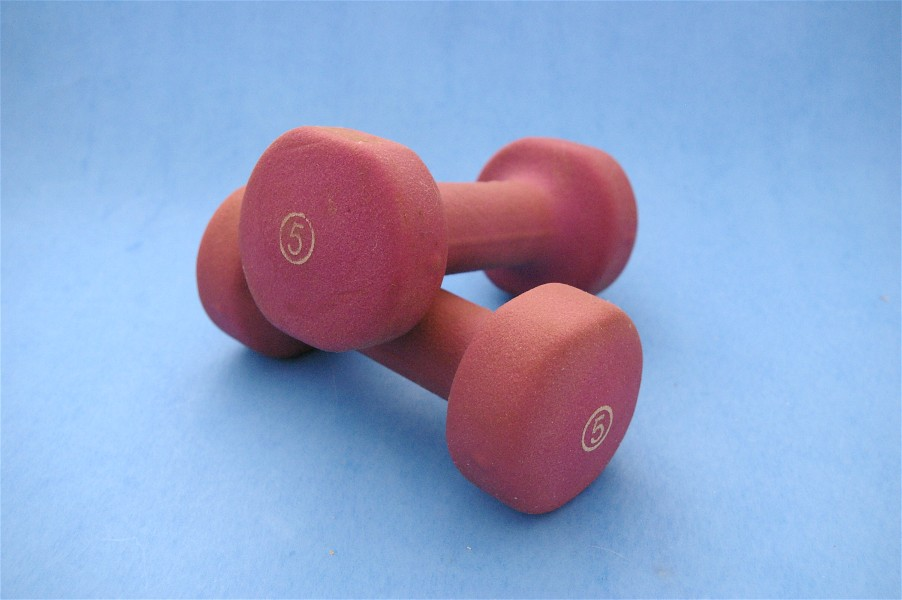Do you want to know how to lose weight fast? Of course you do! And I’m here to tell you that it’s not only possible, but it’s also easier than you think. All you need is a little bit of willpower and these 13 tips for losing weight faster by walking.
You don’t need to run a marathon to lose weight. In fact, walking is one of the best exercises for weight loss.
It’s low-impact, so it’s easy on your joints, and it burns more calories per hour than any other activity besides running. Walking is also a great way to lose weight fast.
A study published in The Journal of Clinical Endocrinology & Metabolism found that participants who walked for 30 minutes a day lost an average of 8.5 pounds over the course of 12 weeks. What’s more, walking is something you can do anywhere, at any time.
Here are 13 tips to lose weight by starting a walking program and meet your weight loss goals.
1. Map your walking route

Here are a few tips to help you plan your walking route:
- Choose a safe route: First and foremost, it’s important to choose a safe route that is free from traffic and other hazards. If you’re not sure where to start, check with your local parks and recreation department for maps and trails in your area.
- Consider the terrain: When planning your route, take into account the type of terrain you’ll be walking on. If you’re walking on a flat surface, you can cover more ground in less time. However, if you’re walking on hilly or uneven terrain, you may want to adjust your expectations accordingly.
- Factor in obstacles: There may be obstacles along your route that could impede your progress, such as stairs or hills. Make sure to factor these into your plans so that you can account for them when choosing your route.
- Set a goal: When you have a specific goal in mind, it’s easier to stick to your walking routine. Whether your goal is weight loss or to improve your cardiovascular health, or just get some exercise, setting a goal will help you stay on track.
- Choose a time: Once you’ve planned your route and set a goal, it’s time to choose when you’ll walk. If you can, try to walk at the same time each day so that it becomes part of your daily routine.
Walking first thing in the morning is a great way to start your day and get some exercise in to help you with weight loss before the rest of your day gets started.
2. Make walking a habit
Making walking a habit is one of the best things you can do for your health and to prevent weight gain. Not only does walking regularly help you with weight loss and burn fat, but it also strengthens your bones and muscles and improves your mental health.
Walking is a low-impact exercise that anyone can do, and it’s especially good for people who are trying to lose weight. That’s because it burns calories without putting too much strain on your body.
To make walking a part of your daily routine, start by setting a goal. Decide how many steps you want to take each day, and then stick to it. You can also try setting a specific time for your walks, such as first thing in the morning or after dinner.
If you’re having trouble sticking to your walking routine, try setting some reminders. You can ask a friend or family member to remind you, or set an alarm on your phone. You can also try wearing a pedometer to track your steps and make sure you’re reaching your goal.
Aim for walking 30 minutes a day at least 5 times per week. If you can’t make it 5 times per week, then aim for 4 times per week. Any exercise is better than none!
3. Listen while you walk
There are many reasons why listening to an audiobook, a playlist or a podcast while walking can help improve your walking exercise. For one, it can help burn more calories.
According to research, listening to audiobooks can help people walk further and faster. This will increase your calorie burn.
Additionally, it can also provide some mental health benefits. Walking is a great way to get some exercise, and listening to something enjoyable at the same time can make it even more beneficial.
4. Wear the right shoes

When it comes to walking for exercise, it is important to choose the right shoes. This is because the wrong shoes can lead to pain and injury.
There are many different types of shoes on the market, so it is important to do some research before making a purchase. Some factors to consider include the type of terrain you will be walking on and your foot type.
If you have any existing foot problems, it is also important to consult with a doctor or podiatrist before choosing your shoes. With the right pair of shoes, you can enjoy all the benefits of walking without putting yourself at risk for pain or injury.
5. Vary your pace
If you’re looking to up the ante on your walking routine to burn calories, brisk walking is key. A brisk pace will make burning fat easy and help you with weight loss. Varying your walking pace is a great way to rev up your metabolism and increase fat burn.
Try walking briskly for 1 minute then walking at your normal pace for 3 minutes. Or, you can challenge yourself to walk at a moderate intensity for 10 minutes, then return to your previous pace for a minute or two of recovery. Repeat this pattern for the duration of your walk.
This will really increase the calories burned and improve your cardiovascular fitness and endurance. So next time you head out for a walk, aim to keep your steps brisk and purposeful!
6. Eat a healthy diet
When you’re goal is weight loss, it is important to make healthy choices about the foods you eat. Eating a healthy diet can help your body burn more calories and lose weight over time.
A healthy diet is rich in nutrients and helps keep your hunger under control, both of which are important for weight loss. By eating a healthy diet, you can help reduce the likelihood of regaining any lost weight.
Choose foods that are high in protein and fiber to help your body burn more calories. Make sure to include plenty of fruits, vegetables, and whole grains in your diet as well. By making healthy choices, you can lose weight and keep it off for good.
7. Stay hydrated
Staying hydrated is important when exercising because you lose water and essential minerals when you sweat. If you don’t replace these fluids, you will become dehydrated, which can lead to fatigue, muscle cramps, and other problems.
Therefore, it is important to drink plenty of fluids before, during, and after exercise. water is the best choice for hydration, but you can also drink sports drinks if you are exercising for more than an hour or in hot weather.
By staying hydrated, you can help prevent problems like dehydration, fatigue, and muscle cramps. Make sure to drink plenty of fluids before, during, and after exercise to stay properly hydrated.
8. Change up the terrain

Walking on different terrain is also a great way to get a good workout. Uneven surfaces make you work harder to stay balanced, which means you burn more calories.
In addition, walking on different terrain helps tone your muscles in different ways. Surfaces like sand or gravel require more effort to walk on, which helps tone your leg muscles.
If you want a good workout and to improve your balance and coordination, try walking on different terrain.
Different terrains also offer different scenery, which can help make your walk more enjoyable. If you are getting bored with walking the same routes, try exploring new areas.
Walking on different terrain can help keep you motivated to walk because you will never know what new thing you might see. Make sure to explore different types of terrain to keep your walks interesting.
9. Walk with a friend
When you walk with a friend, you can socialize and catch up on each other’s lives. In addition, having a friend to walk with can make your walks more enjoyable.
When you are enjoying yourself, you are less likely to become bored or discouraged, which can help keep you motivated to walk. Walking with a friend can also help keep you safe.
If you are walking in an area that is unfamiliar to you, having a friend with you can help make sure you stay safe. Make sure to walk with a friend to enjoy the company and to stay safe.
Walking with your dog is also a great way to get a workout. Dogs need exercise just like people do, and walking is a great way to provide it.
In addition, walking with your dog can be a lot of fun. You and your dog can socialize and catch up on each other’s lives while you get in some exercise. Walking with your dog can also help keep you safe.
If you are walking in an area that is unfamiliar to you, having your dog with you can help make sure you stay safe. Make sure to walk with your dog to enjoy the company and to get a good workout.
10. Check your heart rate & breathing
When you walk, your heart rate increases as your body works to pump blood to your muscles. This increase can be a good indicator of how active you are and how much exercise your body needs.
Tracking your heart rate when walking can help you to make sure you’re getting the right amount of activity for your health.
There are a few different ways to track your heart rate while walking. One way is to use a fitness tracker or smartwatch that has a built-in heart rate monitor.
These devices can give you real-time information on your heart rate as you walk. Another way to track your heart rate is to use a chest strap heart rate monitor. This type of monitor gives you more accurate data, but it can be less convenient to use.
If you’re just starting out, it’s a good idea to track your heart rate for a few walks and see what range you usually fall into. Once you have an idea of what’s normal for you, you can use that information to gauge how hard you’re working during future walks.
For example, if your heart rate is usually in the 120-140 beats per minute range and you notice it consistently hitting 150 or higher, that’s a good indication that you’re pushing yourself a bit too hard.
Heart rate isn’t the only thing you should pay attention to when walking for fitness. Paying attention to your breathing can also give you some insight into how hard you’re working.
If you find yourself panting or gasping for air, that’s a sign that you need to back off the intensity a bit. On the other hand, if you can carry on a conversation without any difficulty, that’s a good indication that you’re working at a healthy level.
Listening to your body and being aware of how you feel is the best way to make sure you’re walking at a healthy intensity. If you start to feel fatigued, short of breath, or like your heart is pounding, that’s a sign that you need to slow down.
Pushing yourself too hard can lead to injuries or health problems, so it’s important to listen to your body and respect its limits.
11. Walk uphill
When you’re walking to lose weight, you should always walk uphill. Walking uphill burns more calories than walking downhill or on a flat surface, so you’ll lose weight faster. It’s also a great way to get your heart rate up and improve your cardiovascular health.
To make sure you’re walking uphill, find a hilly route to walk or use a treadmill with an incline setting. Start with a gentle incline and work your way up to steeper hills as you get in better shape.
Walking for 30 minutes at a moderate pace is a great workout, but if you really want to see results, you should aim for at least 45 minutes to an hour of walking each day.
12. Set a goal
Some people think setting a goal when exercising, meaning coming up with an endpoint such as aiming to lose 10 pounds or walk for five days in a row is unhelpful, but I disagree. When you have a goal, it helps guide your decisions and results in faster progress and less discouragement.
One study says that those who set goals and write them down are 42 percent more likely to achieve them. Knowing your endpoint allows you to prioritize exercise during the time leading up to your desired result so you can make it happen!
When setting a goal, it’s important to choose something that is challenging but achievable. You don’t want to set yourself up for failure, but you also want to push yourself to reach your full potential.
It’s also important to be realistic about how much time you have to devote to exercise each week. If you’re busy, don’t try to set a goal of exercising for hours each day.
Start with a realistic goal that you know you can achieve, and then increase the intensity or duration as you get more comfortable with exercise.
If you’re new to exercise, setting a goal of walking for 30 minutes each day is a great place to start. Once you’ve achieved that goal, you can increase the intensity by walking faster or adding hills to your route.
You can also try other types of exercise, like running or biking, to mix things up and keep your body guessing. No matter what your goals are, remember that consistency is key to seeing results.
13. Add some resistance training

Resistance training can have a number of benefits, including increased muscle mass, improved strength, and better bone density. It can also help you burn more calories, lose weight, and reduce your risk of injuries.
When done correctly, resistance training is a safe and effective way to improve your fitness level and overall health.
Adding resistance training into your walking workout can help you burn more calories and improve your overall fitness. By adding weights to your arms or wearing a weighted vest will increase the intensity of your walk, leading to greater fat loss.
Wrap up
Conclusion paragraph: If you’re looking to start or continue your weight loss journey, walking is a great option. These 13 tips will help make your walks more effective and enjoyable.
Be sure to check with your healthcare provider before starting any new exercise routine, especially if you have any health concerns. And don’t forget to celebrate your successes along the way!
What are you waiting for? Get started today!
Until next time ~ Dr. JB Kirby
